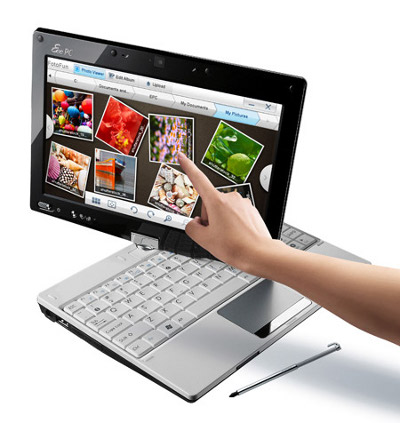Samsung is working on creating a new type of touch screens.

At present, the development of touch screens has practically stopped - yes, there are tactile feedback displays, so to speak, but the main work is being done to make the display cheaper, and to improve its characteristics. According to engineers from Samsung, it's time to increase the functionality of touch screens - for example, the display's response to pressing force is very relevant. So far there is no decent implementation of such a function, and Samsung decided to develop a new type of display.
It is said - done, and the prototype of such a display is ready. According to the developers, the implementation of the function of recognizing the force of clicking on the display is quite complicated, but still it turned out to be within the power of modern specialists. The technology introduced by Samsung Electronics now allows you to reduce the scrolling speed of the browser window, but other options are possible to implement such a function. Work is already underway on licensing and patenting a new technology.
')
Developers believe that new displays will be able to be widely distributed in mobile devices and navigators, stationary monitors.
The technology itself involves the use of nanoparticles that have conductive properties. The nanoparticles are approximately equal in concentration throughout the display material. When you click on the display, the change in the distance between the particles or between the particles and the surface of the display is recorded by changing the conductivity of the particles, which, in turn, changes due to the amplification or weakening of the electric field. Thus the technology is implemented. According to the same developers, in order to develop a new type of display, they had to learn how to use the effect from the field of quantum physics, tunneling.
The thickness of the display that uses the tunneling effect is about 70 micrometers. There are other options for “learning” the display to respond to pressing force, but these options are being worked out by Samsung as alternatives. Unfortunately, such technologies are still not very soon to appear in everyday life - it takes several more years to finalize and implement them.
We'll have to wait, and what to do - such displays will really be very popular.
Source: https://habr.com/ru/post/107786/
All Articles